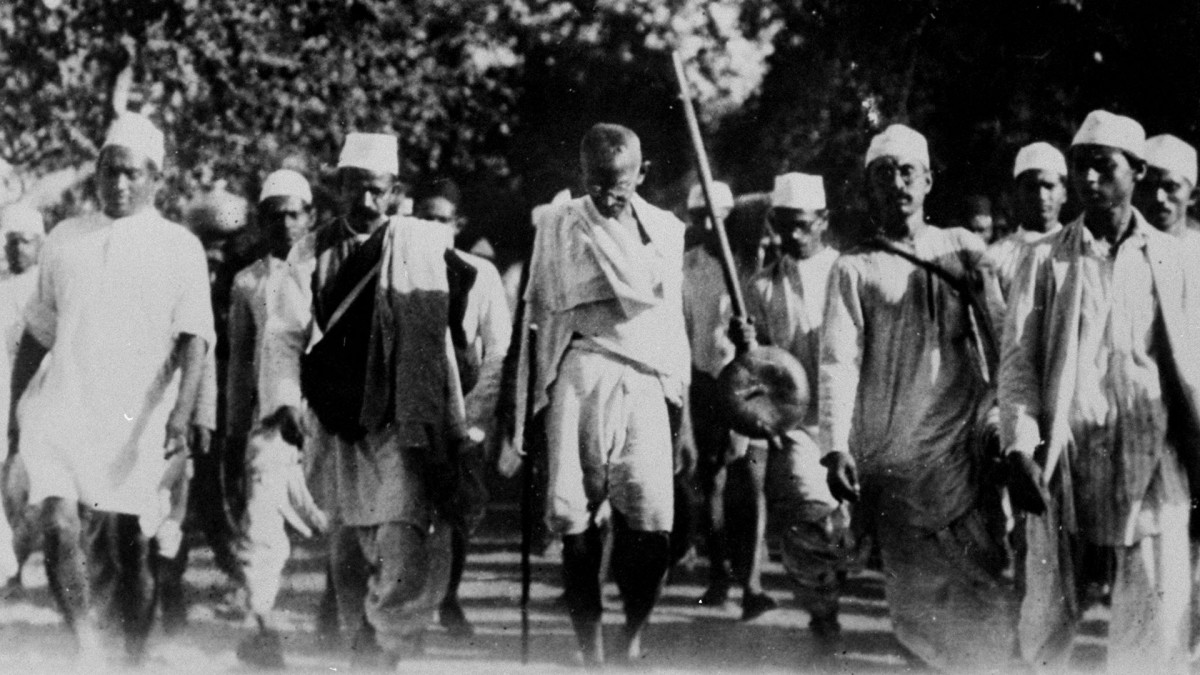On March 12, 1930, Indian independence activist Mahatma Gandhi began a 241-mile salt march to the sea with 78 followers to take a political stand by getting salt from the seawater there. It was the best way that Gandhi could see to break the hold that Britain had over India.
Britain had ruled India for a long time at that point, and it used its political power there to extract all the money it could from the Indian land and people. One of the ways it did this was through the Salt Acts, laws that forbade Indians from selling or collecting salt. These laws forced the Indians to buy salt from Britain, which is sold at an exorbitant price. Gandhi wanted an India free from British rule and exploitation but knew that India would not win a conflict against the vastly more powerful Britain. So he settled on a path of nonviolent resistance to British rule. He guessed that the likely harsh reprisals from Britain against nonviolent protesters would make it look bad internationally, putting pressure on it to set India free.
He symbolically began this effort by marching from his ashram in Sabarmati to the coastal town of Dandi, where he intended to publically defy the British Salt Acts in the hope of inspiring other Indians to join him in a mass effort of nonviolent civil disobedience. His act of protest at Dandi sparked a nationwide movement that began with disobeying the Salt Acts and quickly spread to the nonviolent disobedience of many other British laws and the eventual liberation of India.

